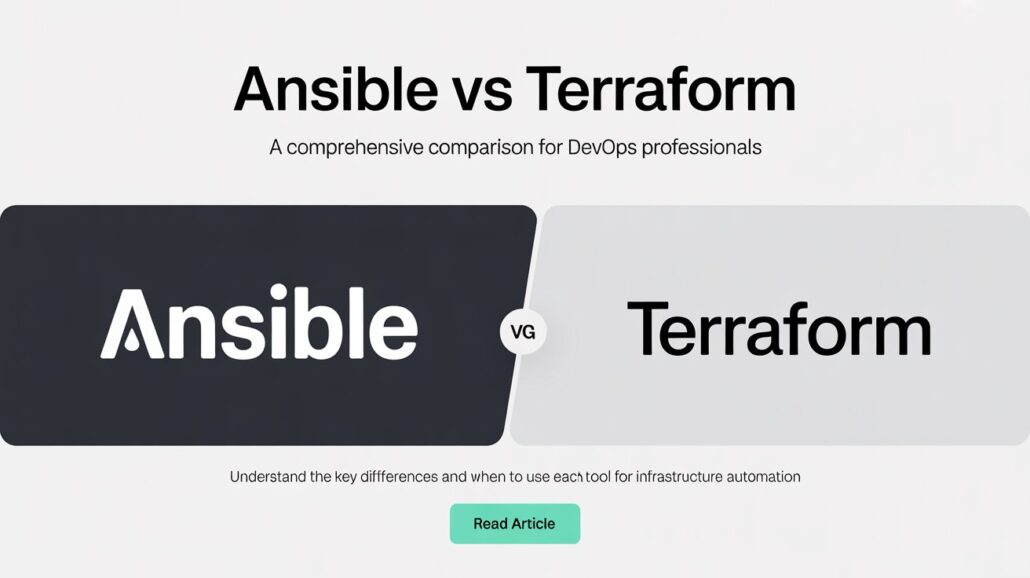Posted inUncategorized
🚀 Simplest Way to Install Minikube on Ubuntu (22.04 / 24.04)
Minikube allows you to run a local Kubernetes cluster for learning, development, and testing. It supports Docker, containerd, VirtualBox, and other drivers — but Docker is the simplest and most…




